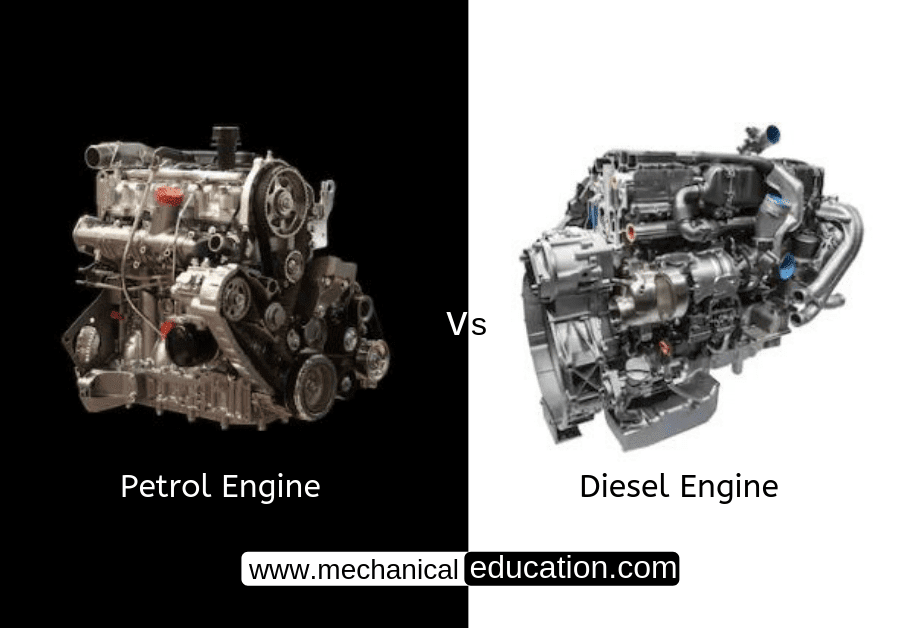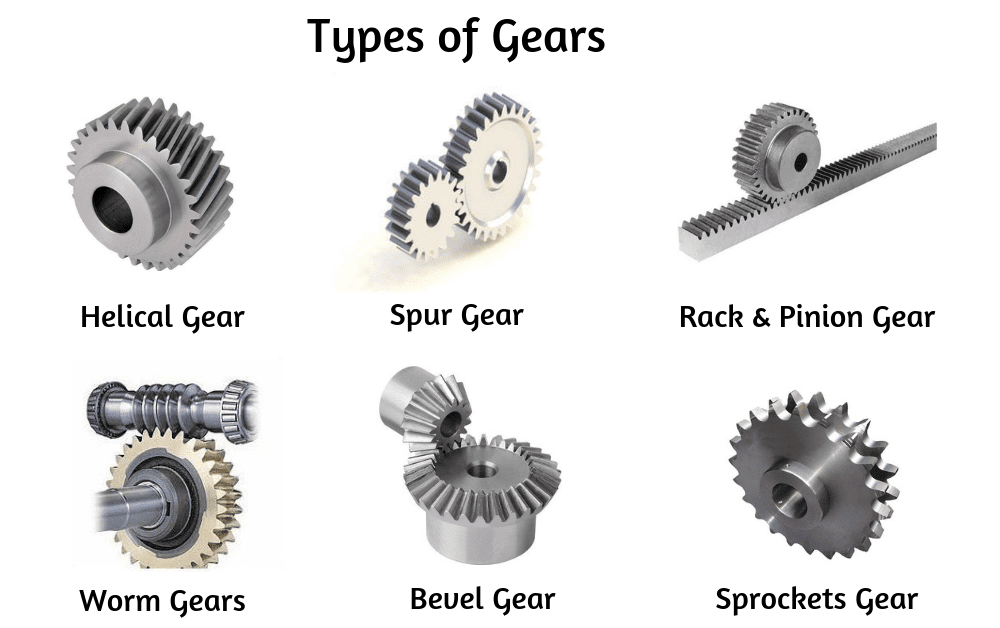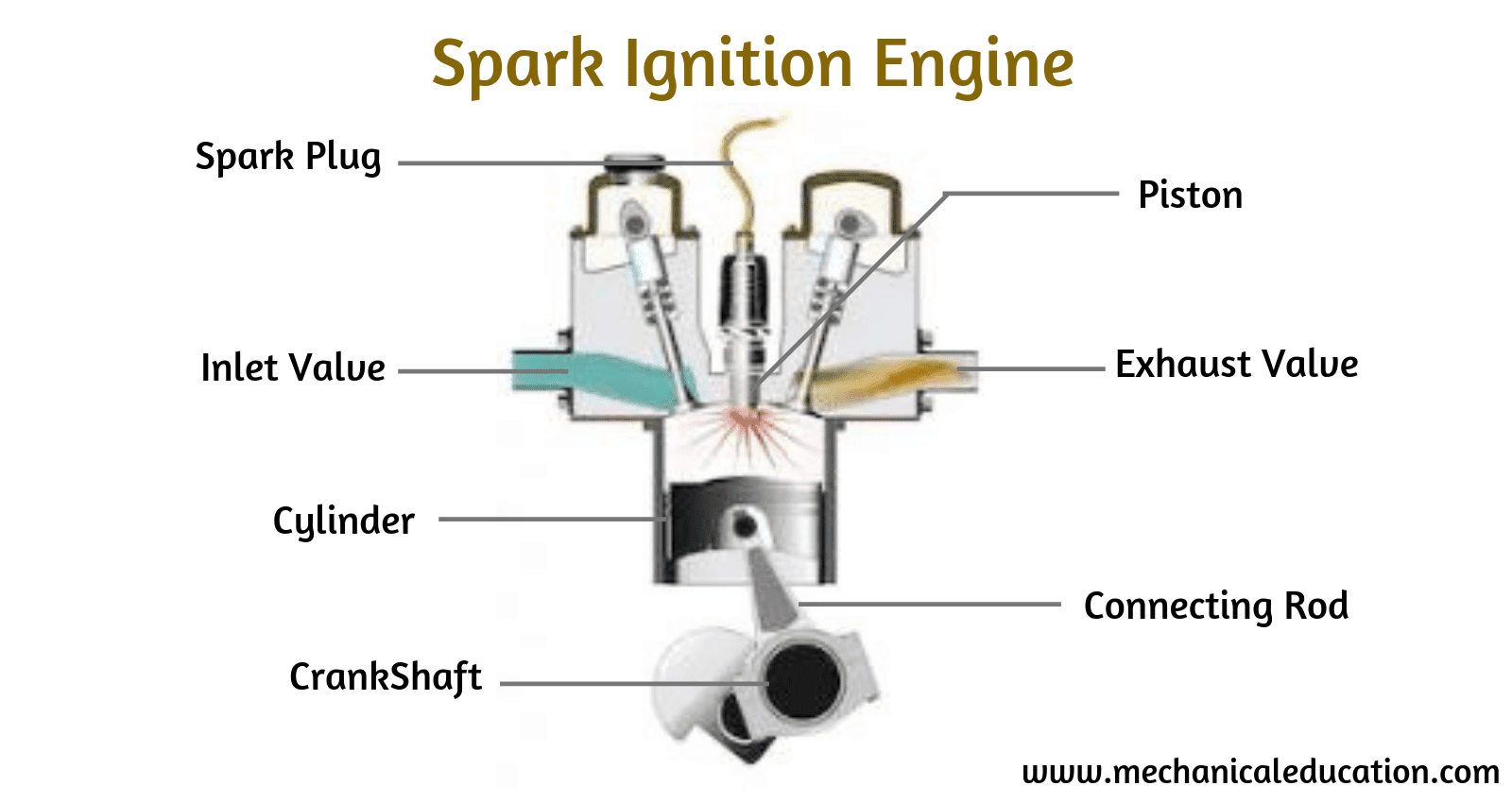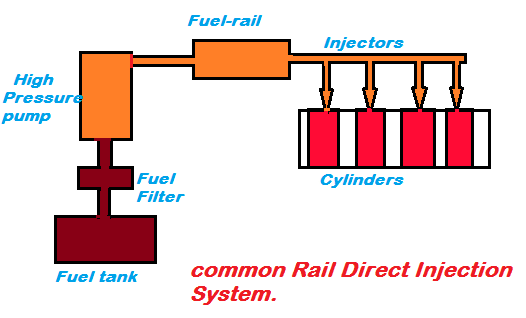Seatbelts are one of the most important safety features in any car. They are designed to keep you securely in your seat during a crash, helping to reduce the risk of serious injury or death. But how do these lifesaving devices actually work? Let’s take a look at the basic mechanics behind seatbelts and what makes them so effective.
Seatbelt Anatomy
The modern seatbelt consists of three main components: a webbing strap, a retractor, and a buckle. The webbing strap is made from a durable material such as nylon or polyester and typically runs along the length of the vehicle’s interior. It is mounted to both sides of the frame near each door and connected to a retractor, which is responsible for keeping the belt taut when not in use. The buckle is connected to one end of the belt and used to secure it around your body when you sit down.
How They Protect You
Seatbelts protect you by keeping you restrained during sudden stops or collisions. When you’re driving, your body naturally follows the motion of the vehicle—if it suddenly stops or swerves, your body will continue moving forward until something stops it. That something is usually your seatbelt, which engages within milliseconds after sensing sudden deceleration and applies force against your body to slow down its momentum. This helps prevent you from flying through the windshield or hitting other passengers who may be in the car with you.
In addition to keeping passengers safe, seatbelts also help reduce injuries by spreading out impact forces over larger areas of your body; rather than absorbing all that energy into one area (such as your chest), they spread it out so that no single part takes on too much strain at once. This allows for greater protection in cases where an accident may cause more serious damage than usual.
Conclusion:
Seatbelts play an essential role in keeping us safe while we are driving or riding in cars—they restrain us during sudden stops and spread out impact forces over larger areas of our bodies so that we can get through crashes with minimal injury or damage. Whether you’re driving yourself or trusting someone else with your life, make sure everyone buckles up; it might just save yours!




